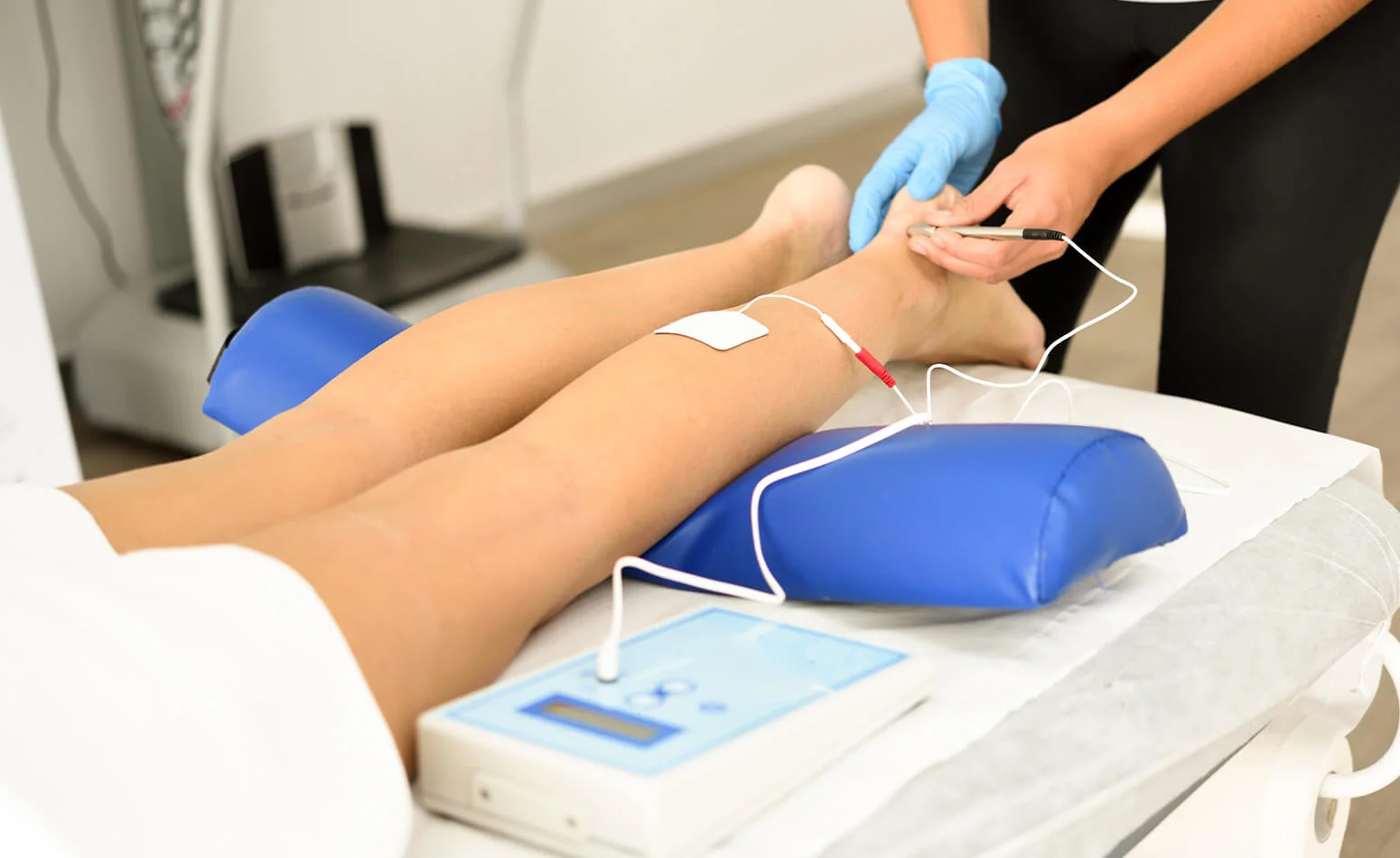LEV


A leg arterial exam, also known as a lower extremity vascular exam (LEV), is a diagnostic test that evaluates the health and function of the arteries in the legs.
During the exam, the patient lies on an exam table while the technician applies a special gel to the leg area. The technician then uses a transducer, which emits high-frequency sound waves, to produce images of the leg arteries. These images can show any blockages or narrowing of the arteries, which can decrease blood flow to the legs and feet.
The LEV exam is a non-invasive and painless procedure that usually takes around 30 minutes to complete. The exam can help physicians diagnose conditions such as peripheral artery disease (PAD), which can cause leg pain and increase the risk of complications such as non-healing wounds or amputation.
There are several types of leg arterial exams that may be performed at a cardiovascular diagnostic center, including:
There are several benefits to having a leg arterial exam (LEV) performed, including:

A LEV exam can help detect blockages or narrowing of the leg arteries before they cause symptoms or complications. Early detection can allow for earlier intervention and better outcomes.

The LEV exam is a non-invasive procedure that does not require any incisions or needles. This makes it a safer and less painful option than invasive procedures.

The LEV exam typically takes around 30 minutes to complete and does not require any recovery time. Patients can usually return to their normal activities immediately after the exam.

At a cardiovascular diagnostic center, the LEV exam can be tailored to each patient's individual needs. The exam can be adjusted to capture specific images or to evaluate specific conditions, ensuring that each patient receives personalized care.

The LEV exam is a highly accurate test that can detect even small changes in the leg arteries. This can help physicians make more accurate diagnoses and develop more effective treatment plans.

A LEV exam can help identify peripheral artery disease (PAD), which can cause leg pain and increase the risk of complications such as non-healing wounds or amputation. By detecting and treating PAD early, patients may be able to reduce their risk of these complications.
Overall, a leg arterial exam can provide valuable information about the health and function of the leg arteries and help patients reduce their risk of complications related to PAD.














